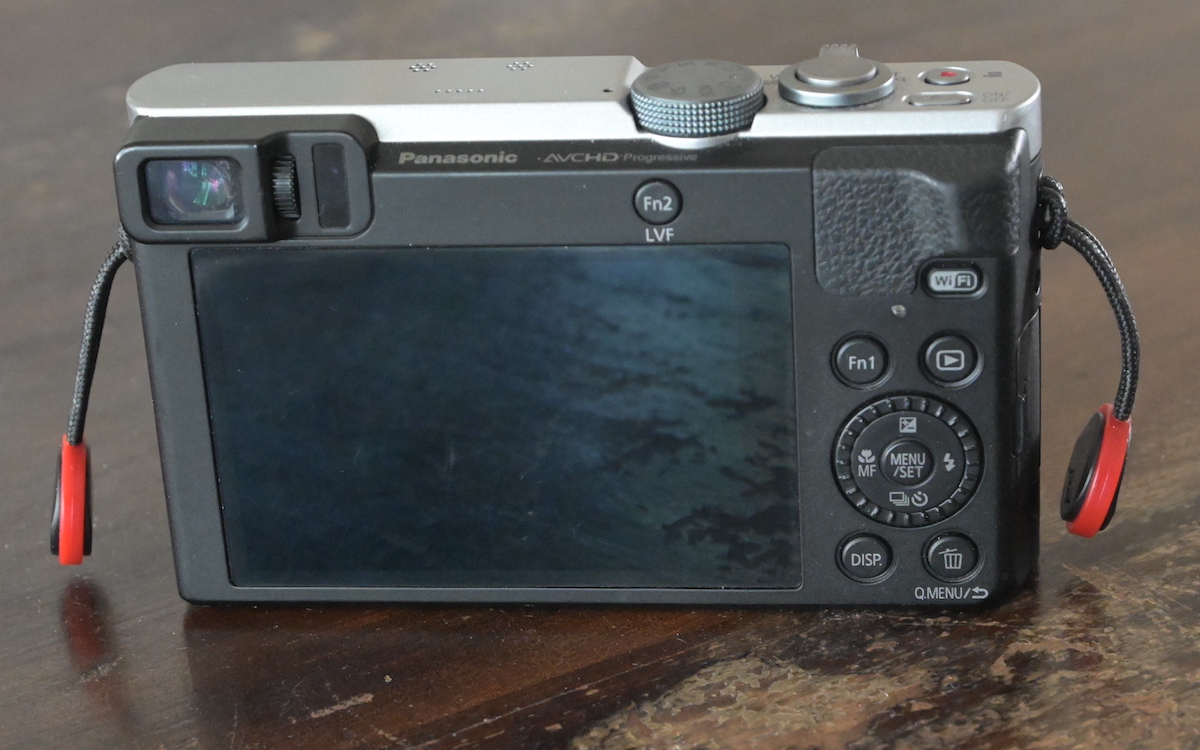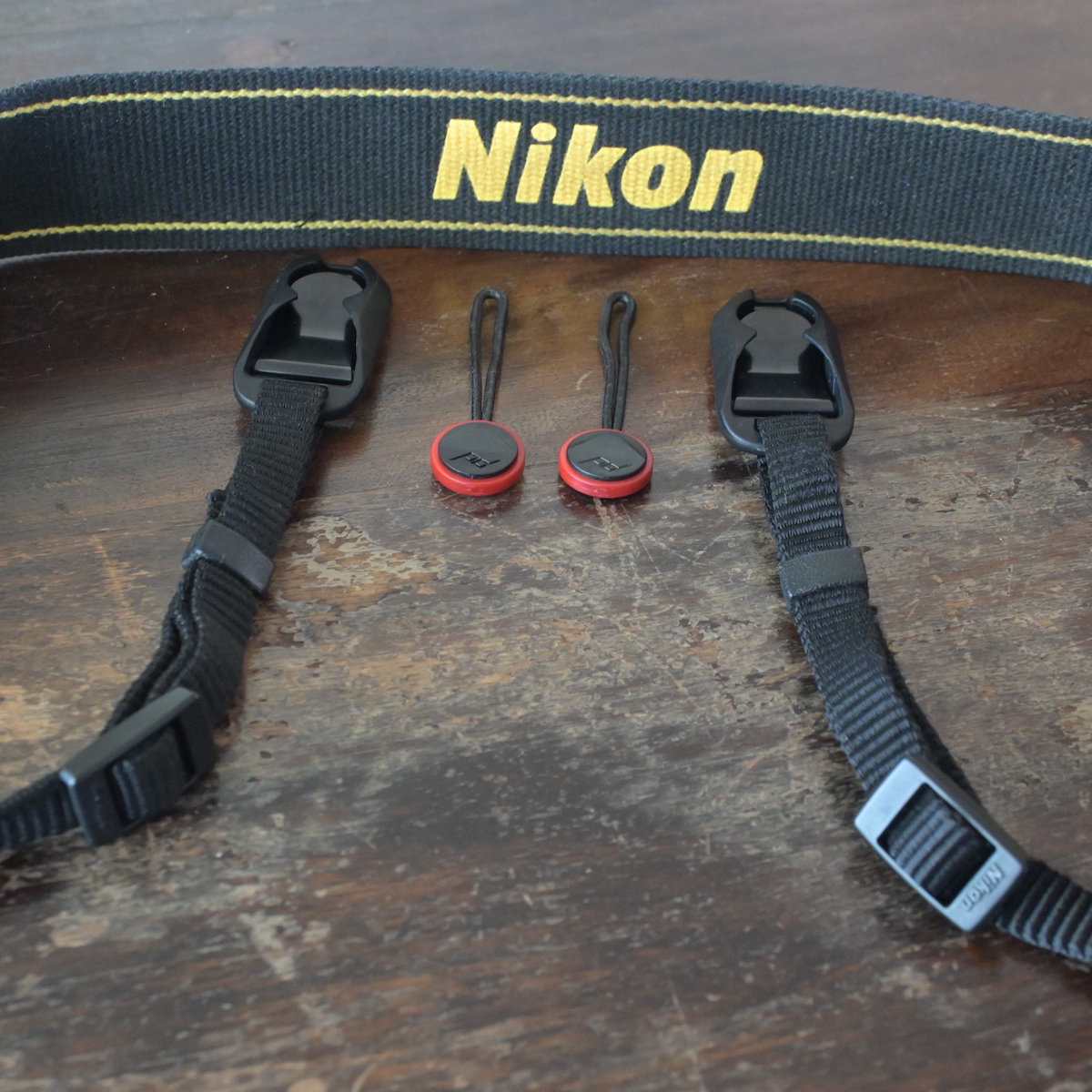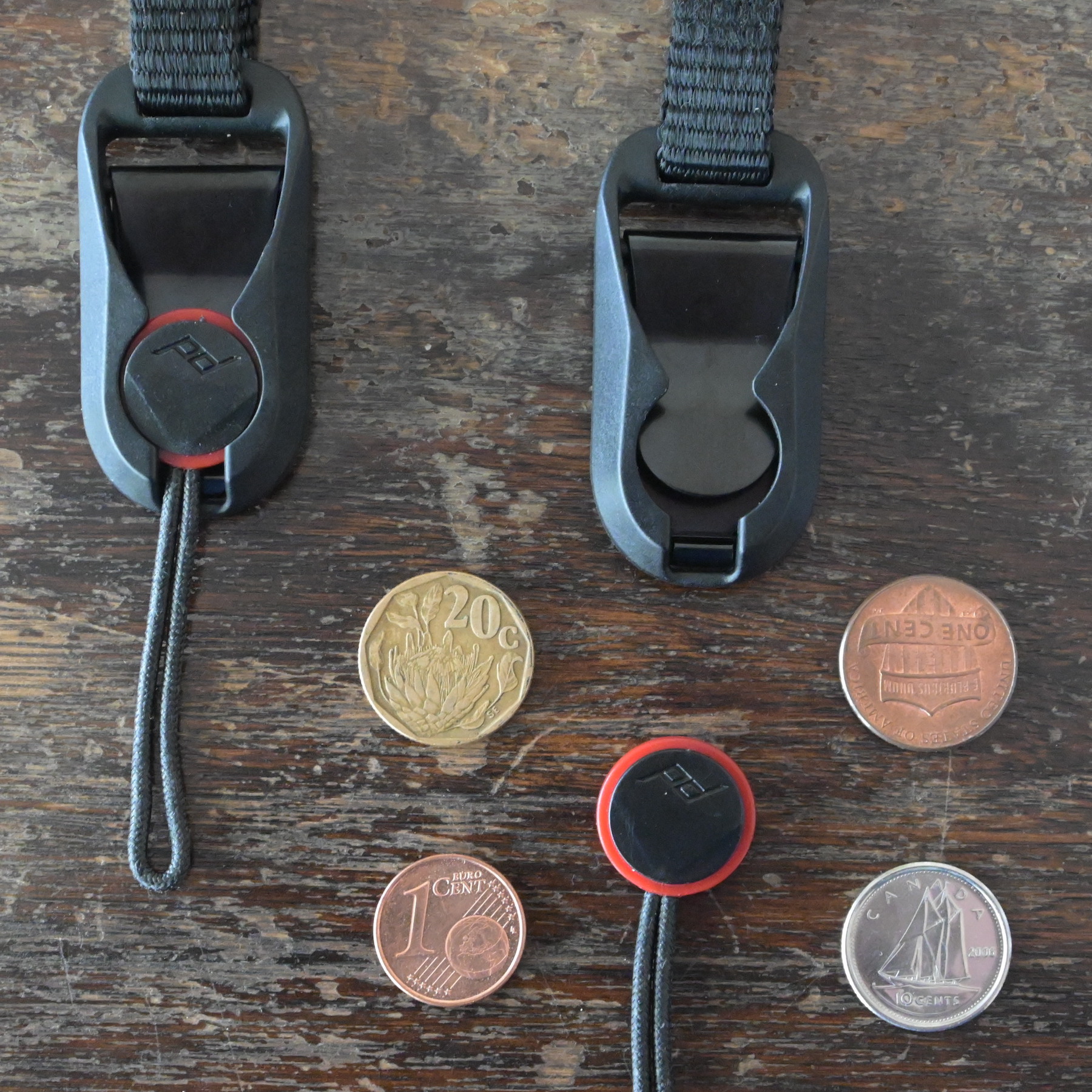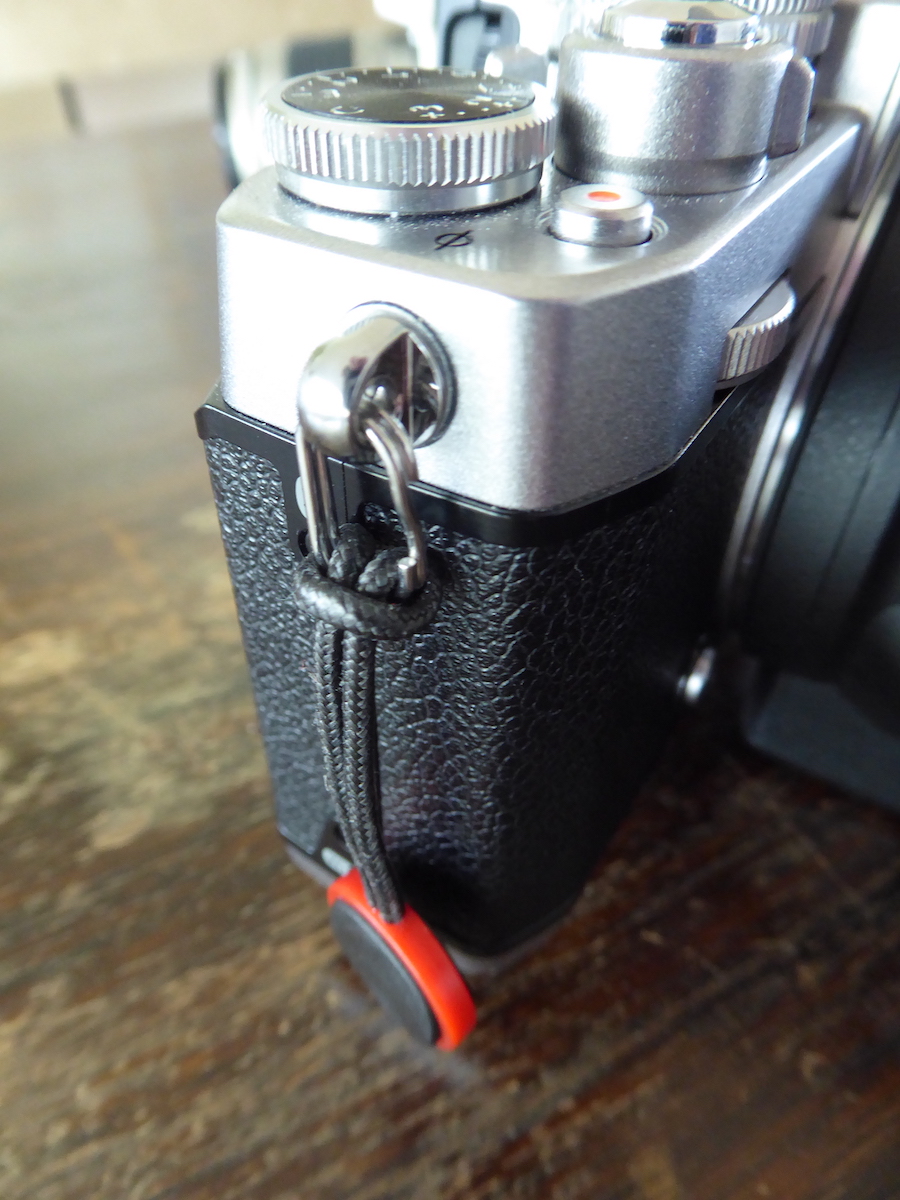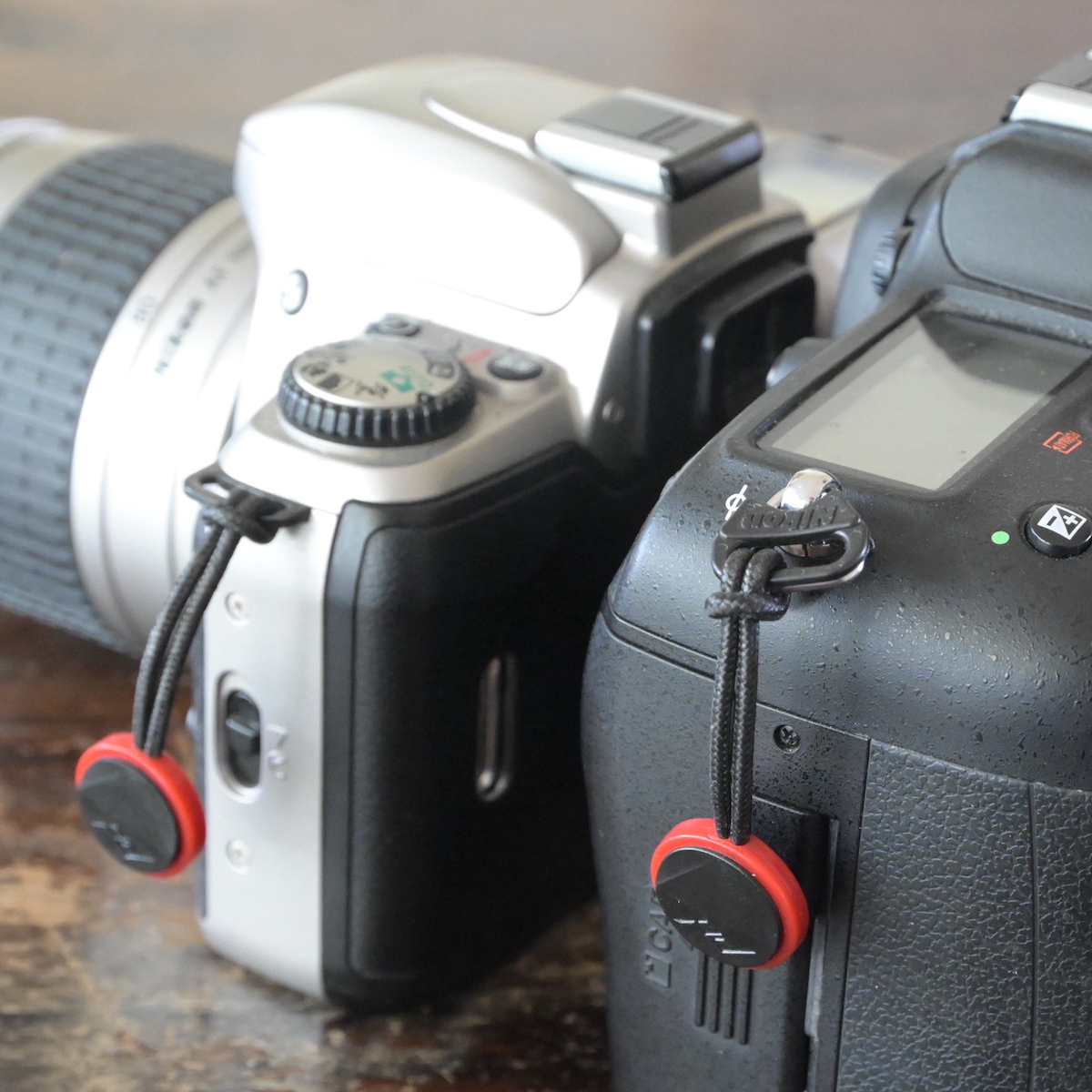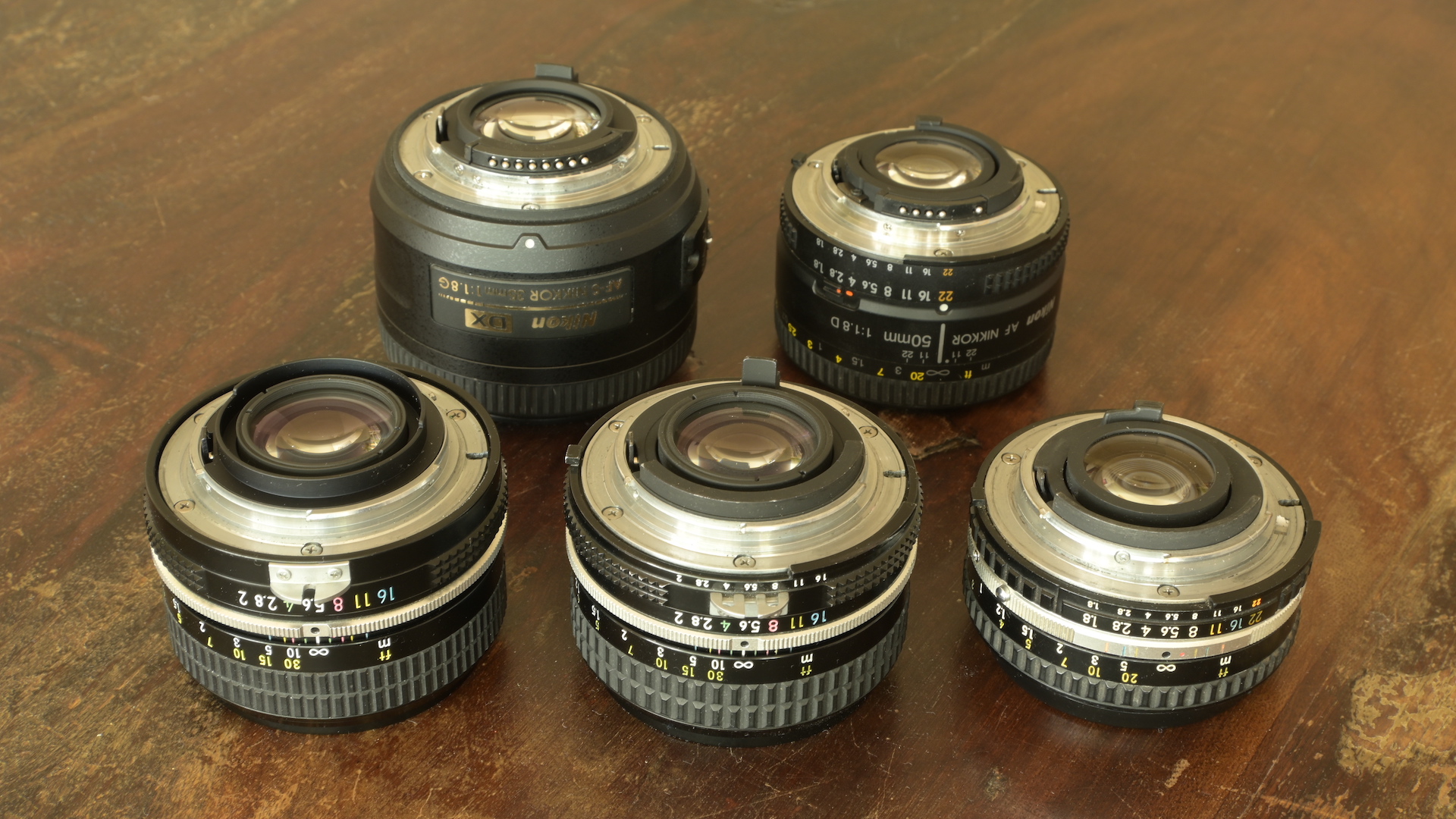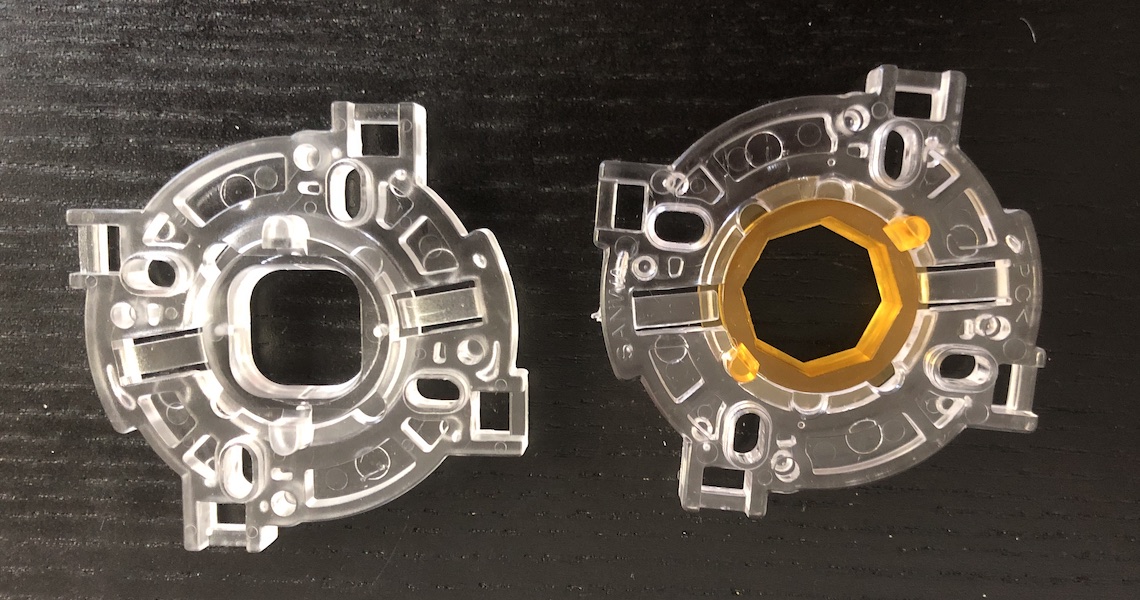▼
In this latest installment of Amiga short takes:
- Iconverter v1.0 released
- Just use FAT32 for your external CF cards
- Back up to HDF images
- CardBootDisk
- Joystick restrictor plates
- The Deathbed Vigil
- WHDLoad doesn't like network connectivity
Iconverter v1.0 released
Almost two months ago I released version 0.8 of Iconverter, a tool to convert old Amiga icons so they look right on Amigas running a newer OS version. Version 1.0 will now write ColorIcons by default, but can still write NewIcons. It can also read NewIcons and ColorIcons, and thus covert between the two. And write BMP files. (See the Changes section in the documentation for more details.) Available here and on Aminet.
Amiga 3000 boots a lot better with FastFileSystem added to a boot partition
Because I was getting read errors on the CF card that my Amiga 1200 uses as its harddrive, I decided to play musical chairs with all the SD cards. Which resulted in my 3000 not willing to boot even though it had three perfectly good boot partitions on different drives available. (The superkickstart that needs to be loaded from the harddrive makes the 3000's boot process rather complex.)
These issues went away after I used HDToolBox to "add" the 3.0 version of the FastFileSystem to these boot partitions.
Just use FAT32 for your external CF cards
Replacing the CF card is the easy part. The hard part is getting all the data from the old one to the new one. Now I could slightly cheat because I have an IDE-to-CF adapter than can take two CF cards. With that, it's just a question of setting up the right partitions and copying all the data with copy DX0:#? to DY0: all clone.
In the past, I've managed to mount Amiga-formatted CF cards using a PCMCIA adapter. But that's quite a bit of work and often unsuccessful. However, mounting FAT32 formatted cards in the PCMCIA slot is super easy. So after inserting a third, FAT32-formatted card to temporarily hold the data in the PCMCIA slot, now it's time to...
Back up to HDF images
Obviously it's possible to copy all the files to the FAT32-formatted card. And even though the Amiga isn't too picky about special file properties, there's always a chance that something gets lost in translation. Also, copying individual files is relatively slow. It's much faster to just write an HDF image of the partitions on the old card to the temporary card. The TSgui tool will do that.
This worked very well on my Amiga 3000, but not so much on the 1200: systems running Workbench 3.0 said the image "was not a DOS disk". After I got 3.1.4 back up and running again on the 1200, it mounted the images just fine. However, I couldn't make an HDF image of my largest partition at all. It looks like TSgui is limited by the original Amiga 4 GB drive size limit.
Still, it's not a bad idea to create empty HDF images (or download these) and mount those with ImageMount and copy files to the image rather than directly to the FAT-formatted card. Just make sure to check whether they're readable before switching those internal CF cards...
CardBootDisk
So now you have an empty CF card inside the Amiga and a FAT-formatted card with all your data (and, for good measure, ADF files of the Workbench disks and a copy of HDToolBox). Then you turn on the computer and it doesn't see any of that. So I made a CardBootDisk, which is a floppy that has all the drivers to mount FAT-formatted cards in the PCMCIA slot and ImageMounter to mount ADF, ISO and HDF images. So after booting from that floppy you can partition your new internal CF card and start copying data to it. If you forgot anything, just plug the CF card into another machine (in my case my Mac) and copy the missing data on the card and put it back in the 1200.
Download the ADF image of the CardBootDisk. Tip: if you're installing a fresh copy of AmigaOS, first copy all the files from the CardBootDisk to the harddrive and then install the OS over it. You should then still see the CF card after booting from the harddrive.
Joystick restrictor plates
I got an arcade style joystick recently. I'm not entirely happy with it, but I also don't want to write a bad review. So I'm just not going to name any names. Anyway, the actual joystick mechanism is great, much better than my old joysticks from the C64 days or the ones that come with THEC64. (Too bad the THEC64 won't recognize this joystick when used with a perfectly good DB9-to-USB adapter.)
The thing I wanted to mention is the restrictor plate. This one came with a square one with rounded corners. When playing my favorite game, BoulderDäsh, that doesn't work very well. When for instance you move right, but not exactly at a 90 degree angle, but let's say 95 degrees, the restrictor plate makes it really easy to slip down to 120 degrees or so and now you're trying to walk diagonally. Which makes Rockford walk down.
The fix is to rotate the restrictor plate 45 degrees. Now the round parts catch the underside of the joystick as you move left/right/up/down. But in this configuration, it's almost impossible to move diagonally. So for games that need that, this is unworkable. Solution: get a new restrictor plate. Gaming supply shops sell those. I got an octagonal one, which works fine, but perhaps a round one would have been even better.
Restrictor plates. Who knew. Of course with arcade games a joystick would only be used with a single game, so it makes sense that there are different ones that allow for different degrees of freedom. Something to check for when buying joysticks.
The Deathbed Vigil
Recently I rewatched "The Deathbed Vigil and other tales of digital angst", the movie Dave Haynie made of the last days of Commodore. If, unlike me, you didn't get your VHS copy 25 years ago and still have a VCR to play it, you can now also watch the movie on Youtube. Don't miss the "Chicken Lips Blues" at the 55:30 mark.
WHDLoad doesn't like network connectivity
A good way to easily run demos and games, especially floppy-based ones, is with WHDLoad. On the official website they focus on providing "slave" definitions that allow you to import your existing copy of games, but of course helpful individuals around the internet have already imported lots of games... You then just click an icon and you can start the game.
However, when I tried installing WHDLoad last year, I could only get a handful of games to work, most would just show garbage on the screen. But then when I was messing about with CF cards, all of a sudden all the games worked. Turns out that WHDLoad makes some kind of network connection (as it tells me there is a newer version) and then doesn't work properly. Shutting down the network before starting any games fixes that.
Update:
I blocked cgi.whdload.net so WHDLoad can't perform its update check, but that didn't help. After some further checking, it looks like it's a hardware issue with the way PCMCIA network cards work. I normally use the I-Card, which is a wired 10 Mbps Ethernet card. With that one, if I shut down Roadshow, my networking software, WHDLoad games work. Or, keep the network stack running but unplug the Ethernet cable. But as soon as I plugged the cable back in and the Amiga started to receive (broadcast) packets, the game stopped working. So I'm guessing the issue is with interrupts generated when packets arrive.
With the 11 Mbps Wi-Fi card there's obviously no cable to disconnect, and just shutting down the network stack isn't enough: the Prism driver comes with a WirelessManager program that handles connecting to the right network, so you need to shut that down, too. Use the status command to see the process number (for instance, 6) and then type break 6. Interestingly, taking the wireless network down by turning off the wireless access point also works, even though the activity light on the Wi-Fi card still blinks once in a while.
And... then it turns out this is a known bug. RTFM, Read Those Fine Manuals. Weird though that WHDLoad happily uses the network as you start a game and doesn't issue a warning.
Permalink - posted 2021-08-15


